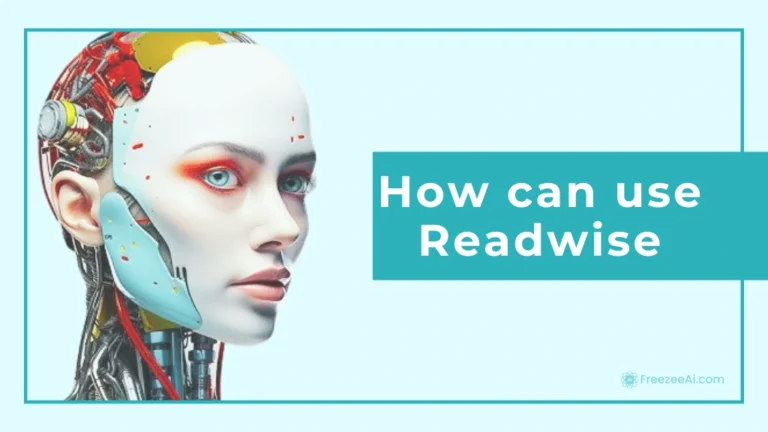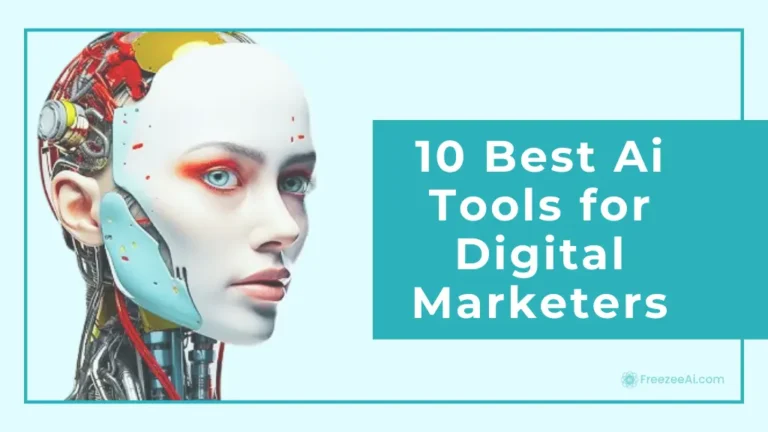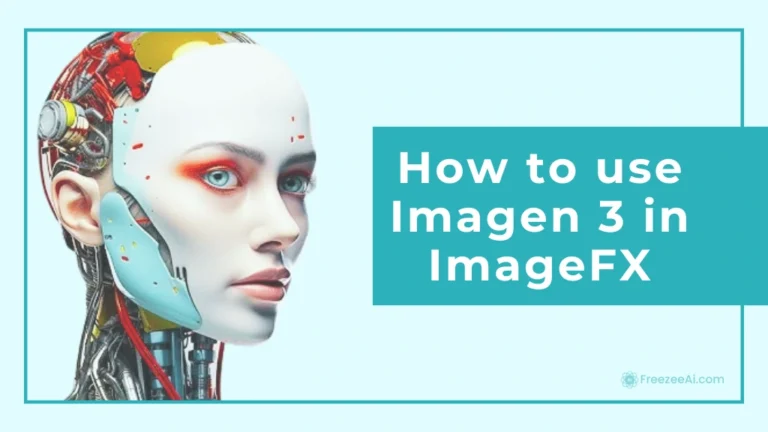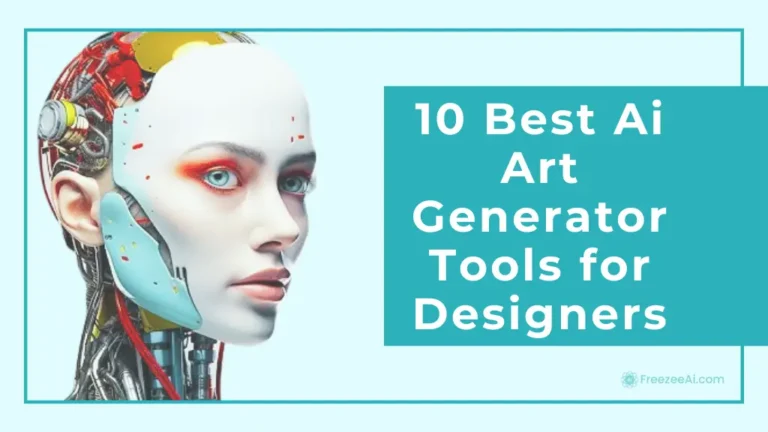The battle for supremacy in artificial intelligence has reached a dramatic conclusion. Google AI has surged ahead, leaving OpenAI in its wake. This significant development has sent shockwaves through the tech industry, indicating a shift in power and innovation. With its latest advancements, Google has firmly established itself as the leading force in AI, showcasing unmatched capabilities in automation, deep learning, and real-time processing.
For years, OpenAI and Google were engaged in fierce competition, pushing the limits of the AI landscape. However, with Google’s recent breakthroughs, many experts believe the competition has come to an end. What sets Google AI apart? How did it surpass OpenAI? And what does this mean for the future of artificial intelligence? Let’s explore this technological showdown in detail.
What Makes It Different?
The primary factor that has propelled Google AI ahead of OpenAI is its unparalleled computational power and deep integration with its extensive ecosystem of data-driven services. Unlike OpenAI, which has focused on generative models like ChatGPT, Google AI has been at the forefront of developing next-level AI architectures that seamlessly incorporate large-scale data analytics, advanced natural language processing, and real-time adaptability.
Additionally, Google’s access to vast datasets from its search engine, YouTube, and cloud services has given it a significant advantage in training AI models. While OpenAI has made progress with language models, Google has adopted a more comprehensive AI approach, integrating computer vision, reinforcement learning, and real-time interaction capabilities in ways that OpenAI has yet to match.
Google’s Breakthrough
The recent breakthrough that sealed OpenAI’s fate was Google’s introduction of an AI tool that surpasses all previous iterations.
Dubbed Gemini Ultra, this new AI version is built on an advanced neural architecture that not only processes significant amounts of data instantly but also understands and generates contextually rich content far beyond what OpenAI’s GPT models can achieve.
Additionally, Google’s advancements in quantum computing have provided it with a substantial computational advantage. By utilizing quantum AI, Google can solve complex problems exponentially faster than OpenAI’s traditional machine learning models, clearly indicating that the future belongs to Google’s AI technology.
What Went Wrong?
OpenAI, despite its early lead in the generative AI race, struggled to maintain its momentum. Several key factors contributed to its decline:
Limited Data Access – Unlike Google, OpenAI lacks direct access to vast user-driven datasets, which restricts its AI training capabilities.
Computational Constraints – Google’s AI operates on an unparalleled infrastructure powered by Tensor Processing Units (TPUs), while OpenAI relies on comparatively less efficient systems.
Slow Adaptation – While OpenAI focused heavily on conversational AI, Google diversified its AI research, integrating it across multiple platforms, including search, cloud computing, and healthcare.
Regulatory and Ethical Concerns – OpenAI has encountered numerous challenges regarding ethical AI use and policy restrictions, hindering its growth compared to Google’s more strategic and calculated expansion.
The Game-Changing Features
1. Unmatched Processing Speed
Google AI’s latest models can process and analyze data at lightning-fast speeds, making real-time decision-making more efficient than ever. With enhanced neural network optimizations, Google’s AI can generate responses, analyze images, or even predict outcomes faster than any other AI model.
2. Deep Multimodal Capabilities
Unlike OpenAI’s often text-heavy approach, Google AI stands out with its ability to integrate multiple modes of information. It can effortlessly handle text, images, audio, and video, making it significantly more powerful and versatile for real-world applications such as media analysis, content creation, and real-time translations.
3. Self-Learning and Adaptability
Google AI’s self-learning capabilities enable it to continuously adapt and improve without requiring constant human oversight. This feature allows businesses to implement AI solutions that become more efficient over time, lowering long-term costs and enhancing operational effectiveness.
4. Ethical AI Implementation
While OpenAI has faced challenges with bias and misinformation, Google has focused on refining its ethical AI practices. With advanced filtering systems, bias detection algorithms, and transparent decision-making processes, Google has positioned itself as a leader in responsible AI development.
The Industry’s Response: What Experts Are Saying
Tech leaders and AI researchers have quickly responded to Google’s dominance. Many agree that OpenAI’s inability to compete at Google’s scale was to be expected. Experts believe that Google’s AI advancements will transform industries, making AI-driven automation more reliable, efficient, and accessible.
However, some critics caution that Google’s control over AI could stifle innovation, limiting the variety of AI developments and raising concerns about data privacy and manipulation. Nevertheless, the consensus is clear—Google AI has surpassed OpenAI, fundamentally changing the AI landscape.
AI in Healthcare
Google’s AI advancements hold the potential to transform healthcare. From early disease detection to real-time medical assessments, AI-powered diagnostics are proving to be game-changers. Google’s AI can analyze medical images with greater accuracy than human radiologists, assisting doctors in diagnosing conditions more quickly and reliably. Additionally, Google’s AI-driven chatbots, artificial intelligence, and virtual assistants are making healthcare more accessible by providing immediate clinical advice, managing patient data, and even predicting health risks based on genetic information. These AI systems can analyze vast amounts of medical literature, cross-reference symptoms, and offer potential diagnoses, significantly easing the burden on healthcare professionals. AI is also transforming drug discovery by speeding up the identification of promising compounds and streamlining clinical trials.
AI in Customer Service
The impact of Google AI on customer service is evident. Companies that utilize Google’s AI-powered chatbots experience quicker response times, enhanced personalization, and improved customer satisfaction. Unlike OpenAI’s models, which still need human oversight for complex inquiries, Google’s AI can autonomously manage challenging requests, making businesses more efficient and responsive.
Additionally, real-time sentiment analysis enables Google AI to adjust responses on the fly, ensuring better customer engagement and more human-like interactions.
The Future of AI
With Google firmly in the lead, the future of AI appears more advanced and integrated than ever before. We can expect AI to take on even more sophisticated roles in society, from fully autonomous systems in transportation to AI-driven governance models that streamline policy-making.
However, this also raises important questions about AI’s role in the workforce and its ethical implications. As AI continues to evolve, policymakers and business leaders must ensure responsible advancements, balancing innovation with ethical considerations.
Conclusion: Google AI DEMOLISHES OpenAI!
Google AI has officially surpassed OpenAI, establishing itself as the leading force in artificial intelligence. With its advanced computational power, unmatched processing speeds, and innovative multimodal capabilities, Google has raised the bar for AI excellence.
Although OpenAI made significant progress in generative AI, it ultimately fell short of Google’s competitive advancements. As AI continues to shape the future, one thing is certain—the era of Google AI dominance has begun. Businesses, developers, and industries must now adapt to a future where AI is more efficient, intelligent, and impactful than ever before. The showdown in AI may be over, but the revolution in AI is just beginning.






